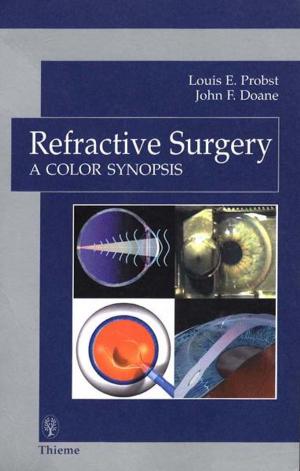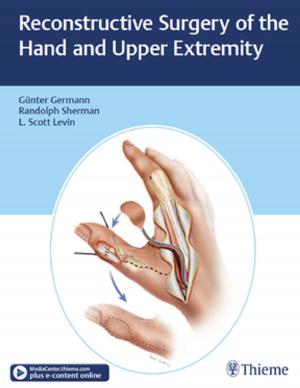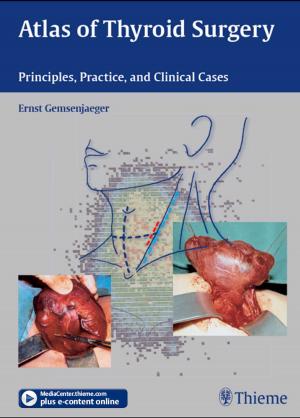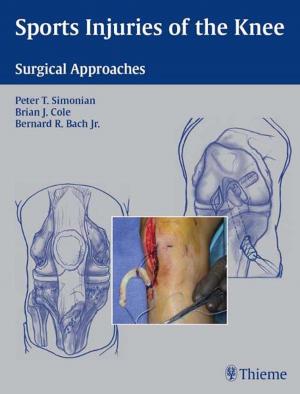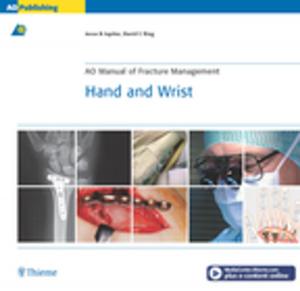Flow Diversion of Cerebral Aneurysms
Nonfiction, Health & Well Being, Medical, Medical Science, Diagnostic Imaging, Surgery, Neurosurgery| Author: | Min S. Park, Philipp Taussky, Felipe C. Albuquerque | ISBN: | 9781626233874 |
| Publisher: | Thieme | Publication: | October 25, 2017 |
| Imprint: | Thieme | Language: | English |
| Author: | Min S. Park, Philipp Taussky, Felipe C. Albuquerque |
| ISBN: | 9781626233874 |
| Publisher: | Thieme |
| Publication: | October 25, 2017 |
| Imprint: | Thieme |
| Language: | English |
From detachable balloons and GDC coils to the recent advent of flow diversion, practitioners of have endovascular neurosurgery been fortunate to work in an era of rapid and exciting advances. The first commercially available flow diverter in the U.S. was approved specifically for a small subset of cerebral aneurysms. Recent experience has demonstrated its utility in treating challenging or otherwise untreatable aneurysms, safely and efficaciously. The design of these devices requires learning radically different methods than those used in the deployment of other, non-braided stents.
Flow Diversion of Cerebral Aneurysms by Min Park, Philipp Taussky, Felipe Albuquerque, and Cameron McDougall provides step-by-step guidance on utilization of flow diversion technology in clinical practice. Reflecting the combined experience and knowledge of pioneers in neurointerventional surgery, this comprehensive book fills a gap in available resources. Twenty-one chapters cover fundamentals to advanced concepts - historical perspective to future developments.
Key Features
- More than 250 high quality graphics and illustrative case studies reinforce key concepts
- Techniques and nuances of Pipeline, Silk (Balt Extrusion), Surpass Streamline, and Flow-Redirection Endoluminal Device (FRED) deployment
- An overview of current flow diversion devices, discussion of coil embolization versus flow diversion, off-label uses, adjuvant approaches, and hemodynamic modifications
- Pharmacology, flow diversion grading scales, and post-procedure radiographic imaging
- Clinical pearls on ruptured aneurysms, intraprocedural/postprocedural complications, and management of aneurysm residuals
The ultimate goal of incorporating cutting-edge flow diversion techniques into the aneurysm treatment paradigm is improved efficacy and patient outcome. The knowledge gleaned from this outstanding resource will help residents and fellows learn to deploy flow diverters for the first time and enable seasoned clinicians to expand their neurointerventional radiology skills.
From detachable balloons and GDC coils to the recent advent of flow diversion, practitioners of have endovascular neurosurgery been fortunate to work in an era of rapid and exciting advances. The first commercially available flow diverter in the U.S. was approved specifically for a small subset of cerebral aneurysms. Recent experience has demonstrated its utility in treating challenging or otherwise untreatable aneurysms, safely and efficaciously. The design of these devices requires learning radically different methods than those used in the deployment of other, non-braided stents.
Flow Diversion of Cerebral Aneurysms by Min Park, Philipp Taussky, Felipe Albuquerque, and Cameron McDougall provides step-by-step guidance on utilization of flow diversion technology in clinical practice. Reflecting the combined experience and knowledge of pioneers in neurointerventional surgery, this comprehensive book fills a gap in available resources. Twenty-one chapters cover fundamentals to advanced concepts - historical perspective to future developments.
Key Features
- More than 250 high quality graphics and illustrative case studies reinforce key concepts
- Techniques and nuances of Pipeline, Silk (Balt Extrusion), Surpass Streamline, and Flow-Redirection Endoluminal Device (FRED) deployment
- An overview of current flow diversion devices, discussion of coil embolization versus flow diversion, off-label uses, adjuvant approaches, and hemodynamic modifications
- Pharmacology, flow diversion grading scales, and post-procedure radiographic imaging
- Clinical pearls on ruptured aneurysms, intraprocedural/postprocedural complications, and management of aneurysm residuals
The ultimate goal of incorporating cutting-edge flow diversion techniques into the aneurysm treatment paradigm is improved efficacy and patient outcome. The knowledge gleaned from this outstanding resource will help residents and fellows learn to deploy flow diverters for the first time and enable seasoned clinicians to expand their neurointerventional radiology skills.

